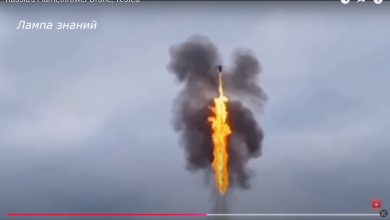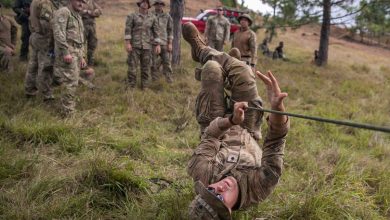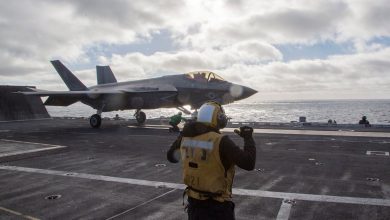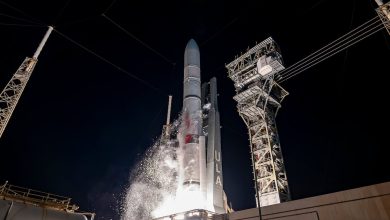France, Germany to hammer out next steps for delay-prone FCAS warplane
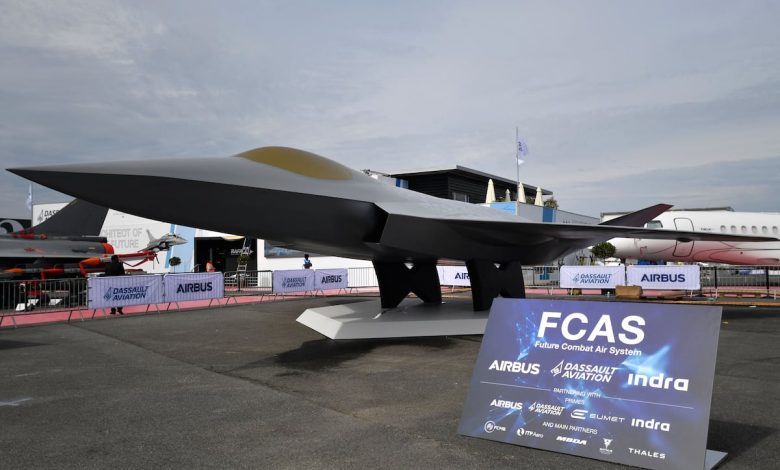
PARIS — France, Germany and Spain will refine the scope of their future sixth-generation fighter jet and its associated combat systems at a summit in December, before the joint project moves to the demonstrator phase, the head of the French armaments office said.
France has included funding for the second phase of the Future Combat Air System in its 2025 defense budget, Emmanuel Chiva, the head of the General Directorate for Armament, told lawmakers in the National Assembly’s defense on Wednesday, though he hinted at possible delays for the program.
“I can’t guarantee that this date will be met, as it will depend in particular on the electoral deadlines of certain state partners,” Chiva said. Program partner Germany is scheduled to hold federal elections in September next year.
FCAS has previously seen negotiations on Phase 1B of the program drag on for most of 2022 due to squabbling between Dassault Aviation and Airbus, two of the three main partners. Dassault Aviation makes the Rafale fighter in use with the French Air and Space Force, while Airbus builds the Eurofighter that equips the German Air Force.
The French armaments directorate said last year it expected Phase 2 to start early 2026. Dassault Aviation represents France in the FCAS program, while Airbus represents Germany, with Indra the Spanish partner.
French doctrine requires the future fighter to be able to carry nuclear weapons as part of the country’s deterrence program, as well as be able to operate from an aircraft carrier, and have export potential, Chiva said.
France earlier this month kicked of development of the future F5 standard for the Rafale fighter, which includes an air-combat drone that will serve as an uncrewed wingman, and capability to carry the future hypersonic nuclear missile SNA4G.
“Today, the FCAS is an object that has yet to be defined,” Chiva said. “In any case, there will be a successor to the Rafale F5, since our deterrence needs and those of the new airborne component, the SNA4G, will have to be taken into account.”
The French-German project to develop a future land combat system based around a main battle tank, called the Main Combat Ground System, is also facing some delays, according to Chiva.
Setting up the joint project company between KNDS Germany, KNDS France, Rheinmetall and Thales “is taking a bit of time,” Chiva said. That means the first development orders, which had been expected early 2025, will “no doubt” be later next year, according to the directorate head, who didn’t say what is causing the delay.
Meanwhile, France is willing to act as a backstop for shipbuilder Naval Group that would allow the company to target export markets with its defense and intervention frigate, Chiva said. The directorate is working on a “bare hull” strategy that would allow Naval Group to keep its workforce at its yards in Lorient occupied by building two frigates a year there, when France would be happy with one frigate a year.
“We’re ready to work with the manufacturer, for example, to bring forward the order of certain frigates for France, betting on export, and thinking that these frigates can be delivered to the various countries that are interested today,” Chiva said.
The French Navy is scheduled to take delivery of the first defense and intervention frigate, the Amiral Ronarc’h, in 2025, with hulls 2 to 5 following in 2027, 2028, 2031 and 2032, respectively.
France is currently in the process of negotiating the price tag for its future aircraft carrier with Naval Group, Chantiers de l’Atlantique and TechnicAtome, though Armed Forces Minister Sebastian Lecornu has already said the future carrier will be in the €10 billion euro range. The armament directorate expects to order the next-generation ship toward the end of 2025.
The current carrier Charles de Gaulle is scheduled for a major overhaul in 2027-2028, and France will use the maintenance stop to inspect the nuclear-propulsion boilers. The Navy will also study at that time whether it would be possible to prolong the life of the vessel beyond 2038, should that be necessary due to some setback with the future carrier project, according to Chiva.
Rudy Ruitenberg is a Europe correspondent for Defense News. He started his career at Bloomberg News and has experience reporting on technology, commodity markets and politics.
Read the full article here


